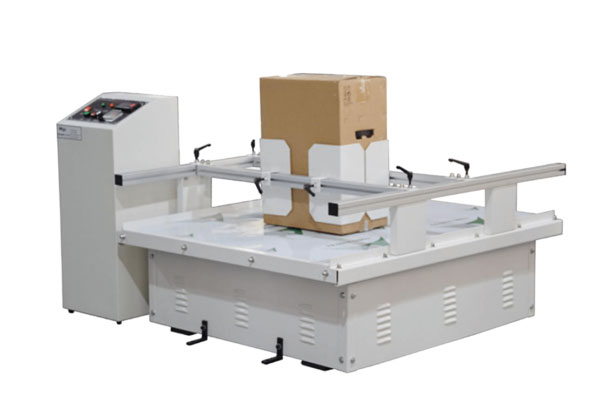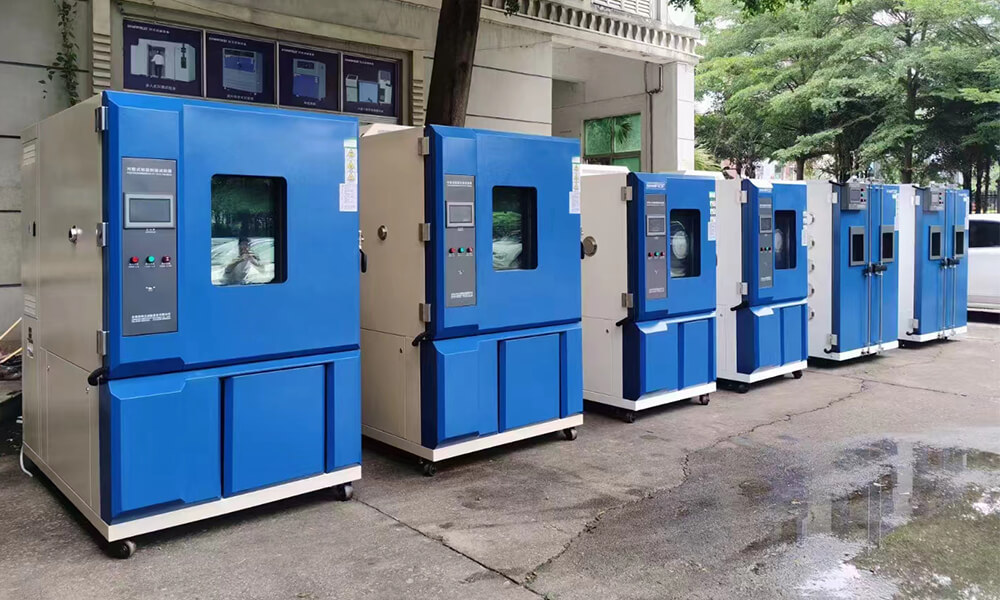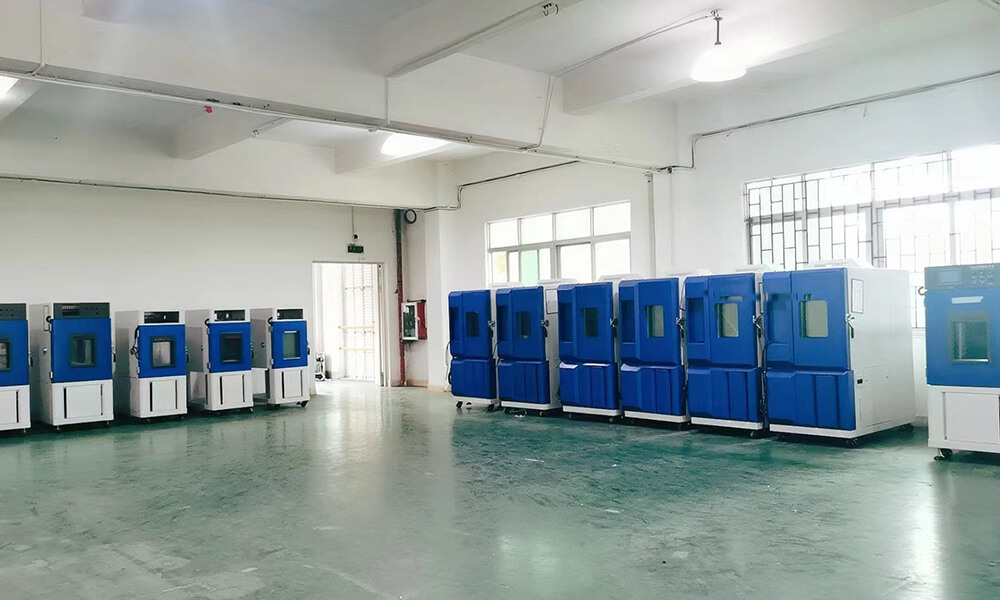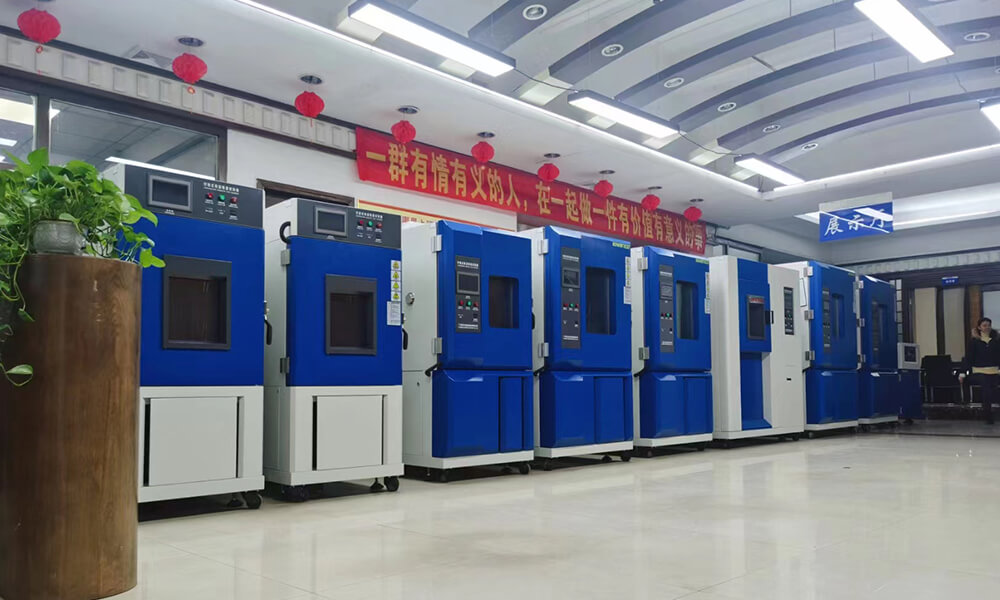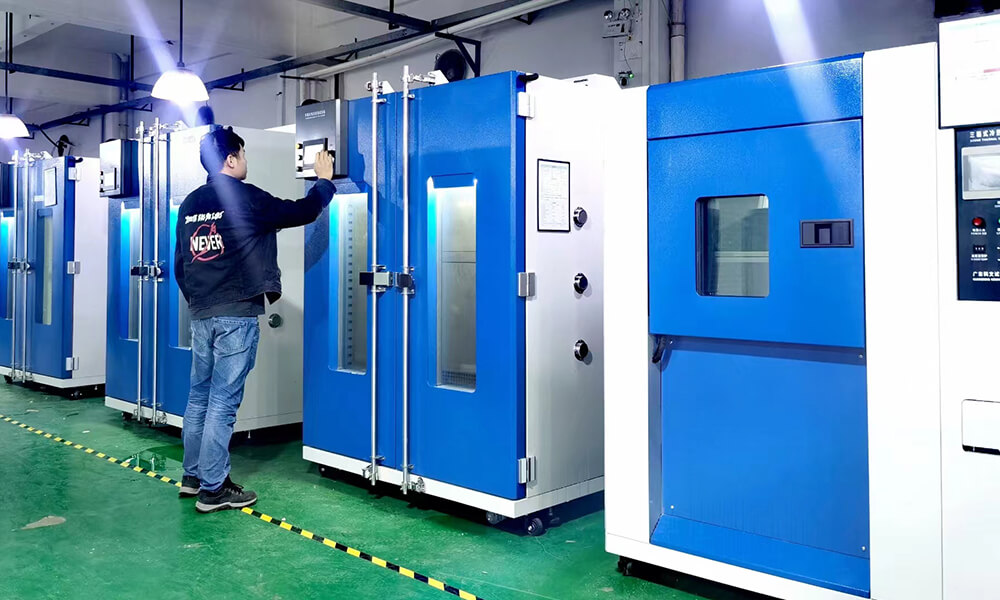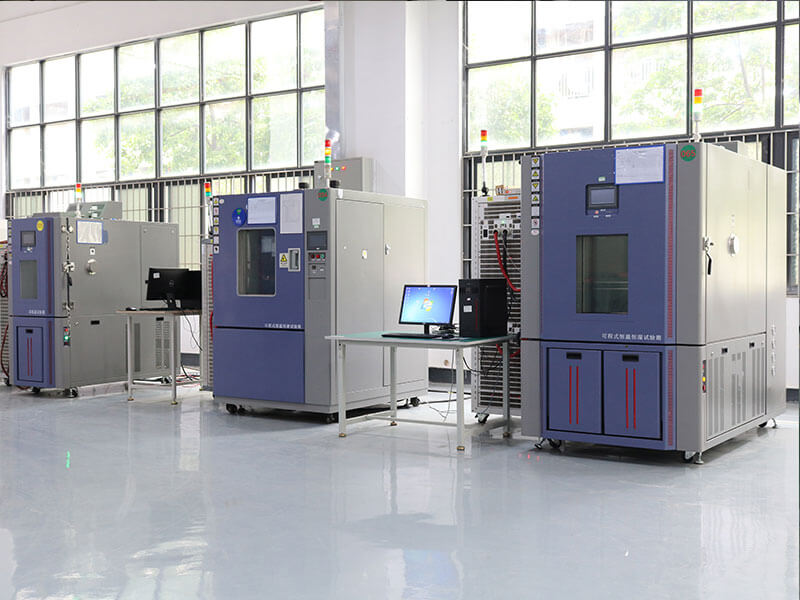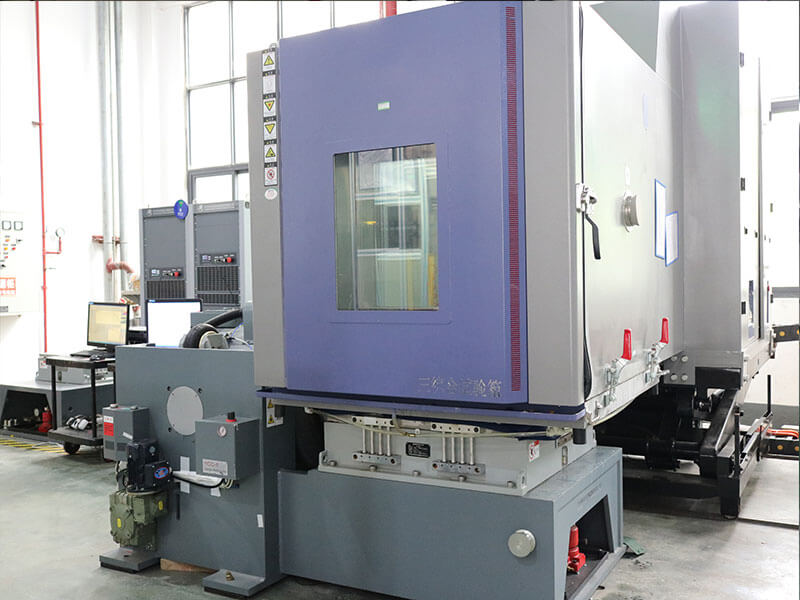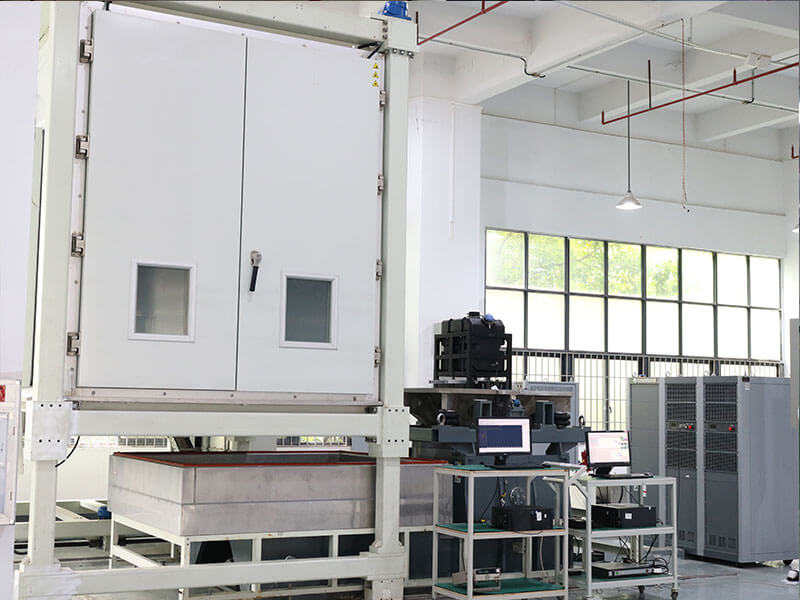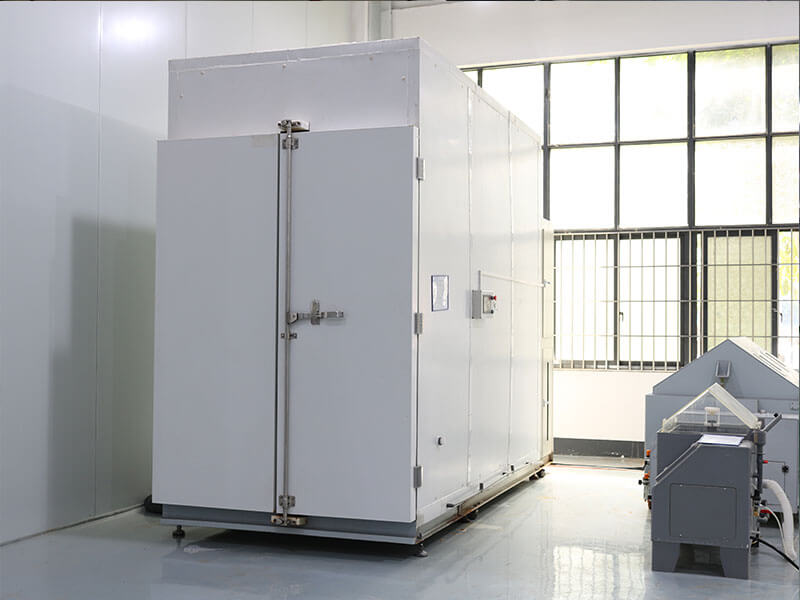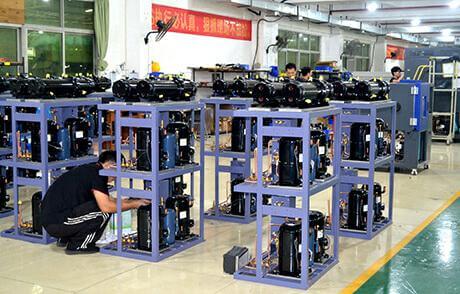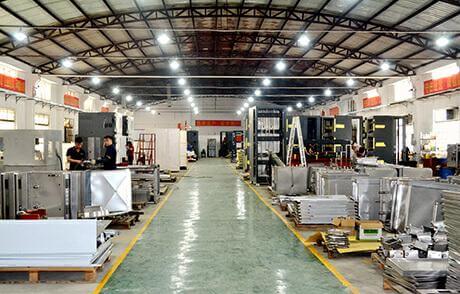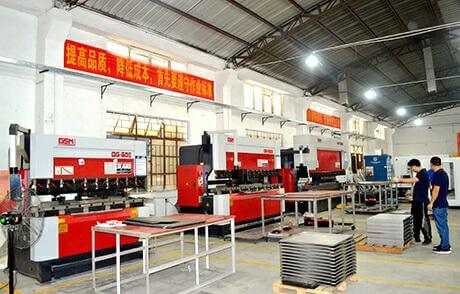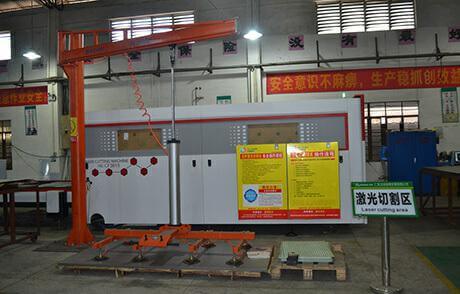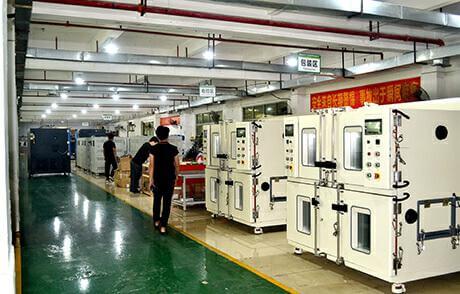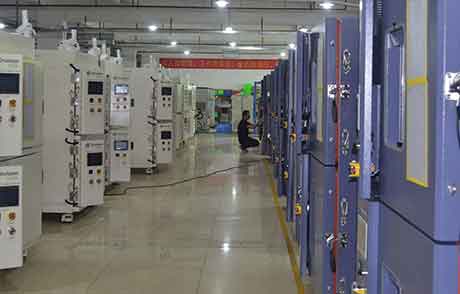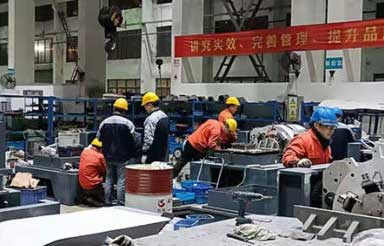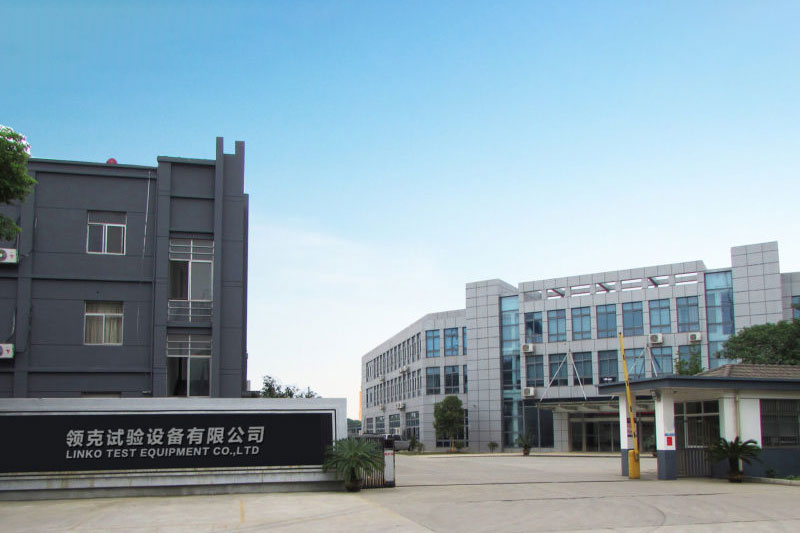Linkotest Transportation Simulators
Transportation simulators, also known as simulated transportation vibration shake tables, are essential tools for determining the durability and endurance of products when exposed to environmental vibrations. These simulators mimic the damage caused by bumps during the transportation of goods, making them suitable for a wide range of products including toys, electronics, furniture, gifts, pottery, and packaging.
The Linkotest transportation simulators excel in performing various tests such as repetitive shock, loose load, and bounce tests. These tests adhere to internationally recognized standards set by organizations such as ISTA, ASTM, TAPPI, ISO, MIL-STD, UN, DOT, and other industry, government, and international bodies. By subjecting packages and products to simulated transportation conditions, these simulators assess their ability to withstand shocks and vibrations encountered during real-world transportation scenarios.
Transportation Simulators Specification
| Model | TSV100 | TSV200 | TSV500 | TSV1000 | TS1V500 |
| Max Loading Weight | 100 kg | 200kg | 500 | 1000 | 1500 |
| Frequency Range | 120~300 RPM (2-5 Hz) | ||||
| Displacement (mm) | 2.54 cm(1 inch) | ||||
| Motion | Rotation | ||||
| Test Table (mm) | 1000×1200 | 1200 X 1200 | 1200 x1500 | 1500 x1500 | 1500 x1500 |
| Power Supply | Single Phase AC220V±10% 50/60 Hz | ||||
| Test Standard Compliance | ISTA-1A, 1B, 1C, 1D, 2A, 2B, 6-FedEx-A, 6-FedEx-B; ASTM-D999; ISO-2247; MIL STD-810G; FED-101; and other international and industry recognized standards | ||||
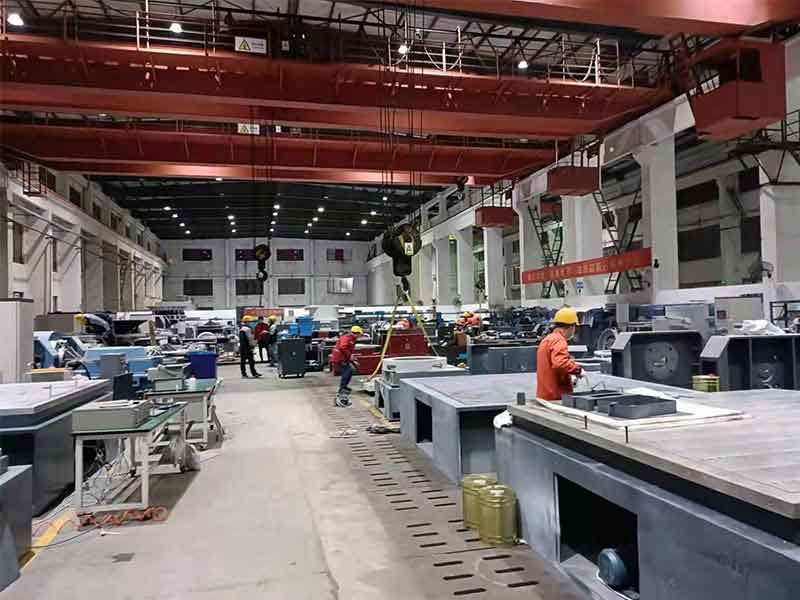
Transportation Simulators Features
Linkotest provides transportation simulator with various models for 250,400,1250,2000,4000,6000 & 8000 pound Payload Capacity
Linkotest Transportation Simulators After-Sales Service
Warranty
We offer a comprehensive warranty on all our products. This warranty ensures that any manufacturing defects or malfunctions will be promptly addressed and resolved free of charge within the specified warranty period.
Technical Support
Our dedicated technical team is available to assist customers with any product-related issues. Whether it’s troubleshooting, installations, or general inquiries, our team is ready to provide prompt and efficient solutions.
Repair and Replacement
In the event that a product requires repair, we offer convenient repair services through authorized service centers. Our skilled technicians will diagnose and fix any issues, ensuring that the product performs optimally.
Spare Parts Availability
We maintain an inventory of commonly required spare parts to facilitate quick repairs. This helps minimize downtime, ensuring that our customers can continue using our products without significant interruptions.
Customer Feedback and Complaint Handling
We value our customers’ feedback and take complaints seriously. Our customer service team is committed to resolving any customer concerns promptly, ensuring their satisfaction with our products and services.
Product Upgrades and Enhancements
We continuously strive to improve the quality and features of our products. When applicable, we offer product upgrades or enhancements to provide our customers with the latest technology and improved functionality.
Training and Manuals
We provide comprehensive product training to our customers, ensuring that they fully understand the features and operation of our products. Additionally, we offer detailed instruction manuals and documentation to assist customers in using our products effectively.
Extended Support Contracts
For customers who require additional support beyond the standard warranty period, we offer extended support contracts. These contracts provide continued access to technical support, repairs, and other services, offering peace of mind and additional value.
Steps To Custom Transportation Simulators
Selection
Choose the types of transportation simulators based on the necessary function, and then the right model based on the test specifications.
Quotation
Prepare a comprehensive quotation based on the customer’s requirements, including the cost, delivery details, and any additional services or customization requested.
Contract Execution
Engage in negotiation with the customer to finalize the terms of the order, including pricing, payment terms, and delivery schedule. Once all details are agreed upon, obtain the customer’s confirmation to proceed with the order.
Ensure that the equipment is manufactured to the highest quality standards. Conduct rigorous quality control checks and inspections at every stage of the production process to guarantee the system’s reliability and accuracy.
Coordinate with the customer to arrange the shipment. Provide regular updates on the shipping status, including tracking information, to keep the customer informed about the progress of their order.
Offer installation services and provide on-site training to the customer’s staff upon delivery. Ensure that the customer understands how to operate and maintain the system properly.
Transportation Simulator FAQ Guide
If you want to use a transportation simulator in your lab, then our guide is for you. It covers everything you need to know about transportation simulators in terms of definitions, features, benefits, applications, and more. You’ll learn everything you need to know in this guide – let’s get started:
A “transportation simulator,” also known as a “simulated transportation vibration meter”. It is used to determine whether a product can withstand ambient vibrations by simulating the damage caused to the product by bumps in the car during movement. It applies to all kinds of goods. For example, toys, electronics, furniture, gifts, pottery, and packaging. Simulated transport tests are also conducted in accordance with the corresponding EN, ISTA, ASTM, and other international transport standards as well as US and European transport standards.
1) Why do we need a transportation simulator?
In order to further improve the quality of your products and product packaging quality. The vibration table is mainly used to simulate the products in different road conditions, such as bumps, uphill, downhill, turning, and so on. Damage to the product is caused by a collision between the item and other items, a collision between the item and the torso, and extrusion between the item and other items.
What you need to know is that the goal of a transportation simulator is to create a series of controlled vibration simulations in an experiment. Test whether the product can withstand the environmental factors of transportation or vibration during its life cycle. And establish the standards required for your product design and functionality.
- The structure’s structural strength.
- The connection is loosening.
- The material used for protection is worn out.
- Component and part breakage.
- Insufficient electrical component contact.
- Intermittent instability and circuit short circuits.
- Each part deviation’s standard value.
- Using a transportation simulator, damaged parts can be found earlier.
- In order to better determine the resonance parameters, determine the resonance links between the parts, the structure, the packaging, and the delivery process. We recommend that you evaluate the test specification, the validity of the fixture design, the functional verification of the test, and the evaluation, review, and recommendation of the final state of the specimen during the vibration test. The purpose of the simulated transport vibration test bench is to verify the reliability of the product. Pre-screen the defective products before the product leaves the factory, and carry out failure analysis and evaluation on the defective products, so as to create a high level of high-reliability products for you.
Transport simulators are suitable for testing the vibration of many items. This includes toys, electronics, furniture, gifts, ceramics, communications, equipment, computers, and other items. In this way, you check its uniform durability or transport resistance.
In addition, the base of the machine is made of heavy channel steel and equipped with a rubber cushion for vibration reduction. Easy to install, smooth operation, no need to install anchor screws. The digital instrument displays the vibration frequency and synchronizes the transmission ratio of the muffler belt. And the use of guideway clamping test products, the DC motor load capacity is strong.
The following are the features of the transportation simulator.
1) Standard Features
- Rotational (synchronized) motion (standard)
- Digital LCD speed display
- Digital timer with test cycle programming
- Infinitely variable frequency regulation over the entire 2-5 Hz range
- Adjustable high back fence
- Low front fence
- Standard controls for easy installation
- Operator control stand for easy movement or floor mounting
- Motor control pre-wired according to customer specification
- Rugged and replaceable floor with excellent wear resistance and low-cost replacement
- Various models with payload capacities of 250, 400, 1250, 2000, 4000, 6000, and 8000 lbs
- Digital timer with test loop programming
- Stepless variable frequency adjustment in the range of 2-5Hz
- Adjustable fence
- Easy to install standard controls
- Operator console that can be easily moved or mounted on the floor
- Motor control is pre-wired according to customer specifications
- Rugged and replaceable deck with excellent wear resistance and low-cost replacement
2) optional features
- Asynchronous movement (N/S)
- expanded table
- custom color
- stainless steel table
- Non-standard voltage
- Test Standard Compliance
This machine complies with EN71 ANSI, UL, ASTM, ISTA, and other test standards.
Usually, the American Transportation Association standard is the ISTA test standard, while the American Society for Materials standard is the ASTM standard. Two standards require devices that reproduce transport vibrations. The test was based on T=14200/CPM(based on the total vibration number of 14200) and the test speed selection method. The amplitude is 25.4mm (1 inch, fixed), and the frequency is 2-5Hz (or 100-300 rpm)/min adjustable.
|
CPM
|
(Hz)
|
(M)
|
|
150
|
2.5
|
95
|
|
180
|
3.0
|
79
|
|
210
|
3.5
|
66
|
|
240
|
4.0
|
60
|
|
270
|
4.5
|
53
|
|
300
|
5.0
|
48
|
Here are some common failures and their solutions.
1) Adjust the speed knob, the transport table does not respond
- The control box and transport table connection wire plug are not connected
- Speed knob damage
- The speed control board is damaged
- Motor damage
Solution
- Reconnect the plug
- Repair or replace the speed knob
- Repair or replace the speed control board
- Check or replace
2) Transportation table moves, but the tachometer keeps showing zero
- The tachometer is damaged
- The sensor is damaged
- Sensor position change
Solution
- Replace the tachometer
- Replace the sensor
- Adjust the position of the sensor
3) The transport table continues to run even after the timing is reached
- Timer is damaged
- The middle relay is damaged
Solution
- Replace the timer
- Replace the intermediate relay


